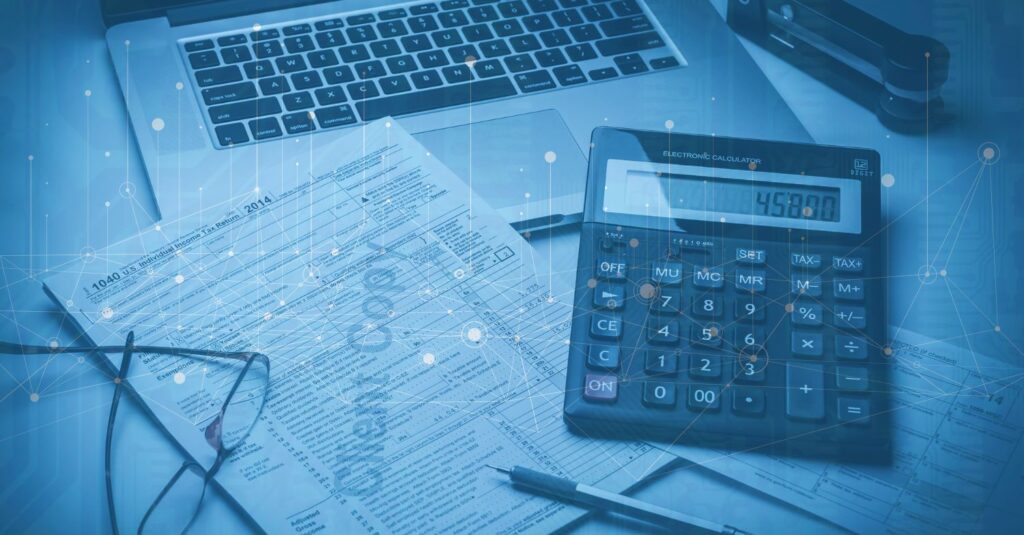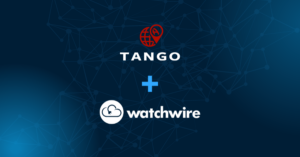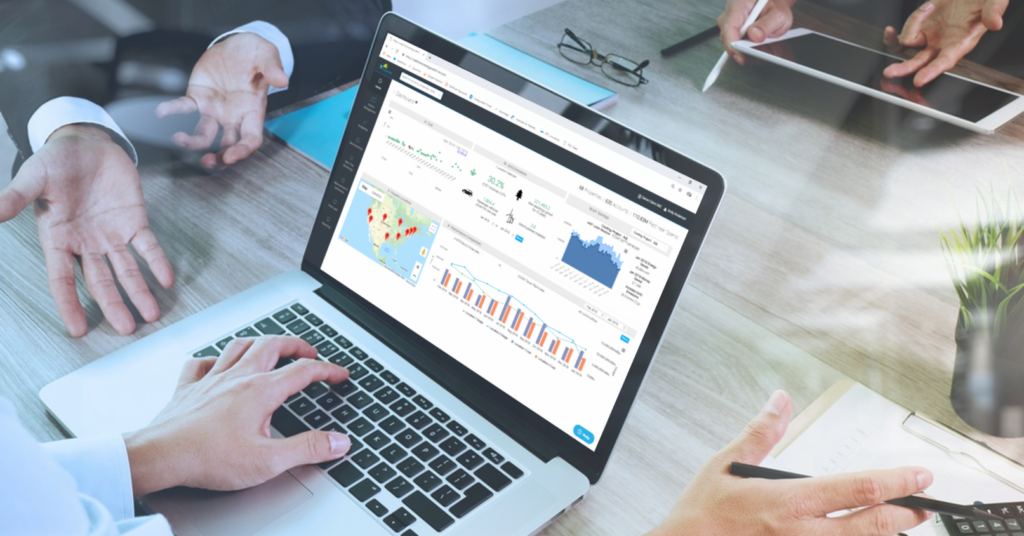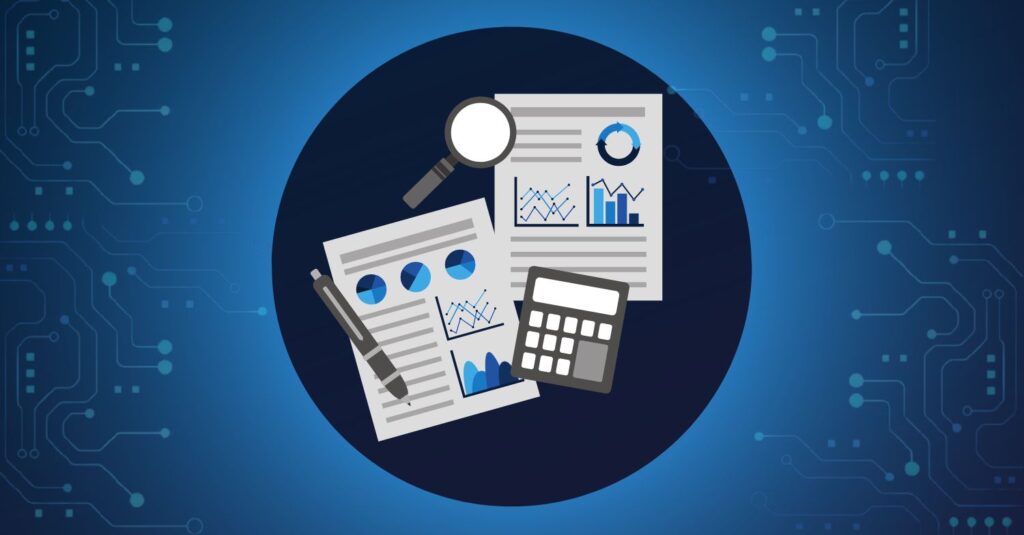The short answer? Yes. Every organization can benefit from energy management software (unless you enjoy wasting energy and paying higher energy bills than necessary, and seriously, who does?). In this article, we’ll cover what energy management software is, its benefits, and how to tell if your company could use it.
What is Energy Management Software?
Energy management software is software that tracks and optimizes your energy consumption to ultimately unlock opportunities to lower energy usage in your building(s). This generally involves a circular four step process:
- Collecting your energy and emissions data into the platform, then analyzing it.
- Identifying optimizations and efficiency projects that could improve your building’s energy efficiency.
- Following through with those optimizations and efficiency projects (this part is your job!).
- Measuring and verifying those optimizations and efficiency projects to ensure they are having the desired effect.
The Benefits of Energy Management Software
Using energy management software allows your organization, company, or facility to:
- Lower energy costs. Fun fact: Energy makes up 25% of the total operating costs in an office building!
- Reduce greenhouse gas emissions.
- Meet company-wide sustainability goals and/or comply with government emissions and reporting requirements.
How to Tell if Your Company Needs Energy Management Software
Here’s a quick cheat sheet to tell if your organization needs energy management software. If you find yourself relating to any of these statements, it might be time to invest in an energy management platform!
- You see spikes in your utility bills that are hard to explain
- You are manually tracking your energy and/or utility bill data (e.g., getting paper or electronic bills and manually entering them into Excel or another program)
- You are having trouble forecasting annual utility budgets and their inevitable budget variances
- You want to make your organization more sustainable but aren’t sure where to start
- You are having a hard time figuring out if that new HVAC system or efficient lighting is delivering a good ROI
- Your city or state is considering passing emissions caps or sustainability reporting requirements on buildings that would make monitoring energy data a necessity
Next Steps
Want to learn more about energy management software? At WatchWire, we know all about it. Our energy and sustainability management software can gather, organize, and analyze your energy data and measure and verify your efficiency projects and optimizations. It also integrates directly with ENERGY STAR Portfolio Manager, GRESB, CDP, LEED Arc, and more. Ask us your question(s) on LinkedIn, Facebook, Instagram, or Twitter, or click here to get a free demo!
 Sustainability for Accounting Firms
Sustainability for Accounting Firms
 Log In
Log In








